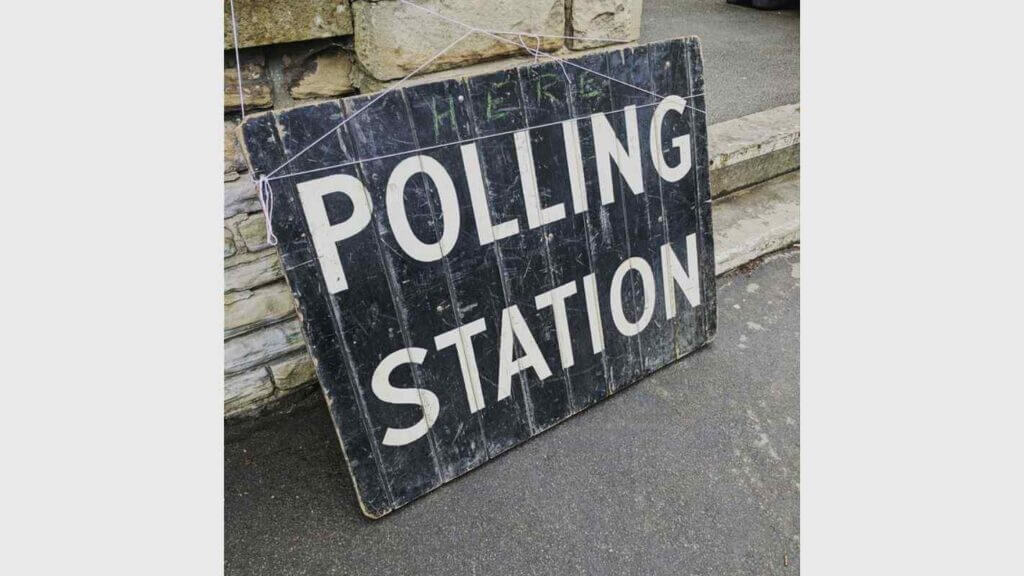In an interview, the Indian Prime Minister Narendra Modi had told about simultaneous polls for Lok Sabha(General) and Assembly elections in India. Even the President of India suggested the One India One Election policy while addressing the joint meeting of parliament in the budget session.
The main problems with the present system of elections are as follows:
- Lok Sabha and Assembly elections are held according to its separate and different working period.
- Frequent elections not only impose a huge burden on human resources but also impede the development process due to the promulgation of the model code of conduct.
- Frequent elections and campaigns hurt the federal structure as leaders are forced to talk politically.
- Election campaigns end up sharpening fault lines of caste, religion, and community across the country.
- The present system costs too much including massive security arrangements several times.
The history of One India One Election Policy’s emergence:
The idea of simultaneous elections was first suggested by Election Commission as early as 1983.
The Ex-President Pranab Mukherjee had also expressed concern over frequent elections. He called for a constructive debate on the issue.
In May 1999, justice B. P. Jeevan Reddy headed Law Commission, he had said in its 170th report that “We must go back to the situation where the election to Lok Sabha and all the Legislative Assemblies are held at once”. Official discussions among lawmakers began much later in December 2015.
The Parliamentary Standing Committee on personnel public grievances, law and justice recommended an alternative and practicable method of holding simultaneous elections in two phases—halfway into the term of this Lok Sabha, i.e., in November 2016, for some Assemblies and at the end, i.e., in June 2019, for the rest.
The committee suggested that “ Election to all state Assemblies whose terms end prior to or after a time period of six months to one year from the appointed election date can be clubbed together.” It projected that terms of present Assemblies be curtailed or extended to align with the new simultaneous elections cycle.
Previous experience:
Simultaneous elections were held in 1951-52, 1957, 1962, and 1967. The cycle was disrupted due to premature dissolution of Assemblies and also in 1970 Lok Sabha was dissolved early.
Present situation:
The NITI Ayog paper said the Lok Sabha elections of 2009 had cost the exchequer about Rs.1,115 crore and the 2014 elections, about 3,870 crores.
The total money spent on elections including spends by parties and candidates was several times more. An undeclared Rs. 30,000 crore was spent on the 2014 Lok Sabha polls.
Election Commission of India has estimated the cost of holding simultaneous elections to Lok Sabha And state Assemblies at Rs. 4,500 crores.
The terms of current Assemblies of 5 states in 2018, 10 states in 2019, 3 states in 2020 and 6 states in 2021 are coming to end. How we can follow the simultaneous elections, it is under trial.
Also Read: Political Lessons From Uttar Pradesh Election 2017

The Point Of View of other major parties:
On one side major opposition party, Congress has said it “impractical” and unworkable. Trinamool said it “anti-democratic and unconstitutional. CPI and NCP said it “not feasible”. CPM pointed to practical problems.
On the contrary, AGP and AIADMK backed the idea. BJP is always in favor of simultaneous elections.
The elections in other countries:
In 2011 UK fixed May 7, 2015, as election day and voting on the first Thursday of May every fifth year.
South Africa and Sweden hold national and provincial elections simultaneously every five years.
But many other large democracies do not have such a system.
Some practical problems in One India One Election policy:
If we follow the One India One Election Policy i.e. simultaneous elections of Lok Sabha and State Assemblies, the main problems are
- We will have to dissolve the Assemblies in between or before the completion of the scheduled time for simultaneous elections.
- Whether the parliament or any other central agency, according to its own will and wish, has any right to dissolve the Assemblies which are elected for five years?
- This type of process will have to be done repeatedly for many years to make them ready for simultaneous elections.
- Initially, the elections will have to be held two times within five years and then once in five years to maintain simultaneous elections.
- The big problem would be faced at the level of central government where there is no provision of the presidential rule.
- In case of hang government, the president may appoint any of the persons as Prime Minister according to his own choice.
- In this condition that appointed person will have the right to be seated as PM for at least six months without facing Lok Sabha election.
- But as the President cannot do any work without the suggestion or recommendation of PM even for a single day than during the hang government who will fulfil the administrative work?
- It has been an important issue of discussion in the first constitution making Assembly also.
- Constitution makers were worried about to think that if any president elected by indirect mandate becomes autocratic taking the benefit of any nationwide mania at that time and takes all the rights in his hand, then there will be no any code of conduct in the country to balance his power.
- We have seen in Pakistan facing such situations many times. military rulers became self-autocratic president over there.
How is this possible?
- We will have to do amendments to the constitution.
- To avoid premature dissolution, no-confidence motion should be moved simultaneously with a confidence motion for the individual hoping to be the next PM.
- A sustained debate is required on the subject of simultaneous elections.
- All the political parties need to arrive at the consensus on this issue.
- Most important thing is the willpower to adopt a new election policy for the good of the nation.
No doubt One India One Election policy is very fruitful in many ways but it is a matter of deep discussion. The government should have a very clear and practical point of view.


0 Comments